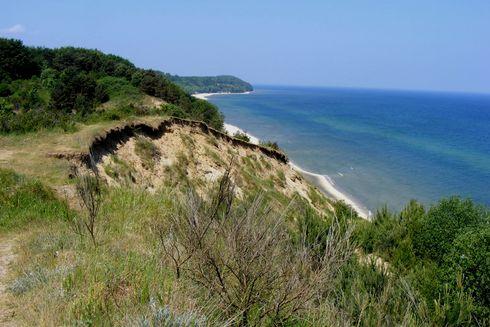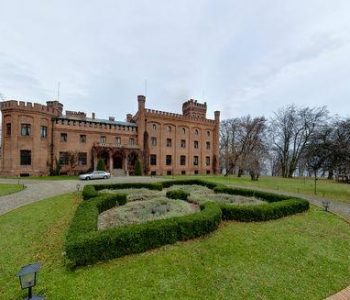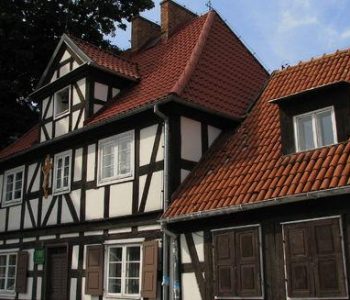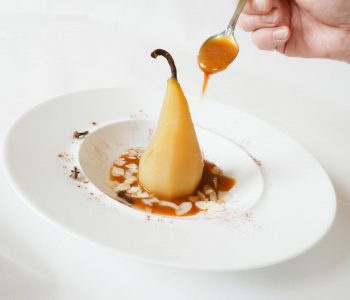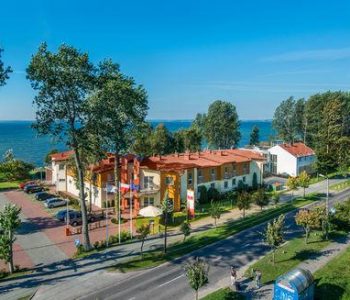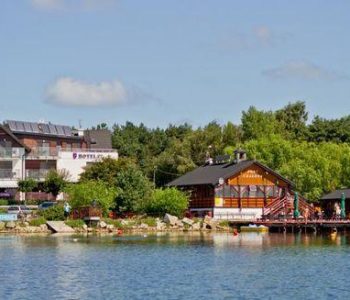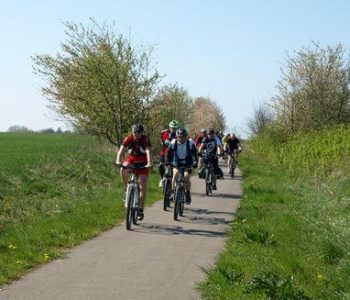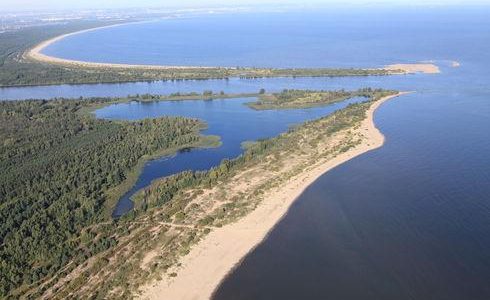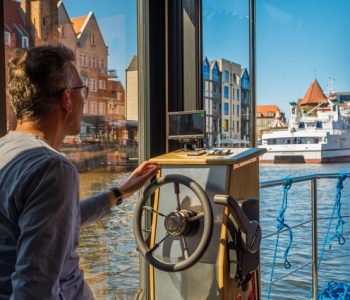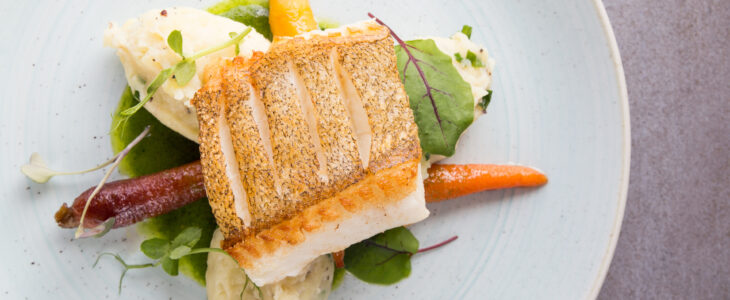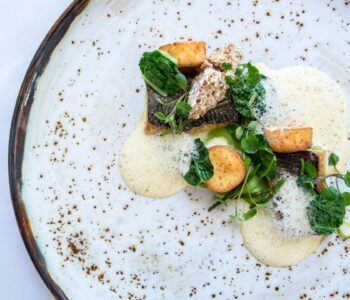Over half its area covers the waters of the inner Bay of Puck, which is separated by a shoal called the Tern Shoal (Rybitwia Mielizna or Ryf Mew). The land part of the Park comprises the entire Hel Peninsula and a narrow strip of coast from Białogóra to Władysławowo. The southern border of the Park reaches up to Mechelinki on the Bay of Puck. This park features all of the types of sea coasts characteristic of the south Baltic – cliffs, dunes and low-lying lagoon coasts. Such a lie of the land and the related presence of diverse natural habitats is the reason why the flora of the Coastal Landscape Park is so rich and varied. It features plant complexes rarely encountered in Poland, such as the halophiles (growing in saline environments), the psammophiles (characteristic for dunes) and peat bog plants connected with the high Atlantic peat bog and with dune hollows.
More than 40% of the land area of the park is covered by forests, mostly of coniferous trees, including the characteristic coastal crowberry forest, with its distinctive black crowberry. The trees mainly play a protective function – strengthening the dunes and cliffs. The park features many of Poland’s protected, rare and endangered species, including cloudberry (which is a boreal relic) and bog myrtle, whose territory reaches its eastern limits here.
The diversity of ecosystems in the area of the Coastal Landscape Park provides excellent living conditions to many species of animals. Particularly rich in terms of both the number of species and population is the Park’s avifauna. The Hel Peninsula is intensively visited by birds during their autumn and spring migrations (the South Baltic bird migration route). In addition, the shallow waters of the Bay of Puck allow numerous bird species, mostly ducks, to spend the winter here. The park also features the breeding areas of very rare species of Polish birds – wood sandpipers, dunlins and oystercatchers. The Coastal Landscape Park also boasts a great number of valuable monuments of culture and history connected with the Kashubian folklore and with marine traditions, such as lighthouses and fishing settlements. The remains of World War II fortifications on the Hel Peninsula also deserve particular attention.
